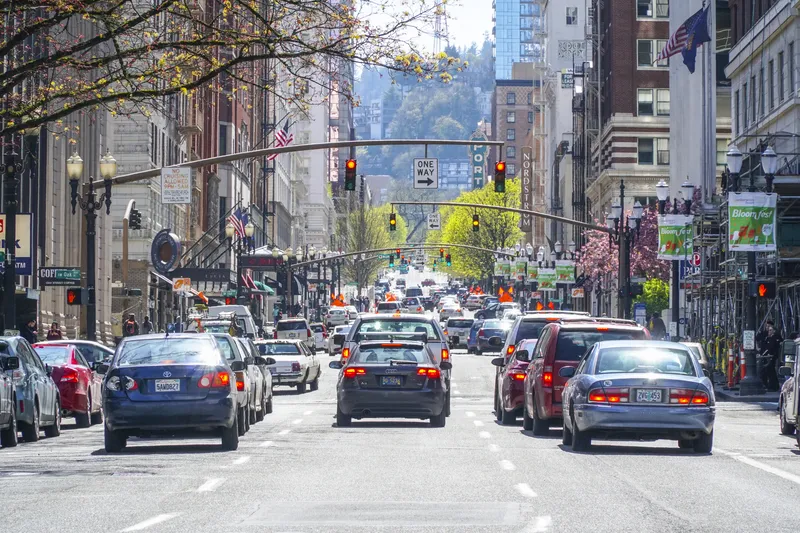The London Borough of Newham has installed
Newham has also invested in additional data storage capacity to accommodate future system expansion at other sites that need enforcement for a range of contraventions.
Videalert automates the construction of video evidence packs which are reviewed by council operators before sending confirmed offences to the back office processing system for the issuance of penalty charge notices. The solution also has the potential to allow the Borough to share captured data with stakeholders for other applications such as crime prevention, community safety, traffic planning and journey time monitoring using the same camera assets.
The contract was awarded by OpenView Security Solutions, under the ELS framework, which is available to all London boroughs.
Carl Brown, operations manager enforcement & safety, said: “An important factor in the decision-making process was to ensure that the chosen solution was open-standards based to avoid being locked in to a single supplier. Videalert ticked all the boxes with a digital video platform that uses standard off-the-shelf equipment to seamlessly integrate with our existing CCTV systems and fibre/wireless network infrastructure. As well as supporting existing analogue cameras, it allows a progressive migration to mixed analogue/digital camera environments.”









